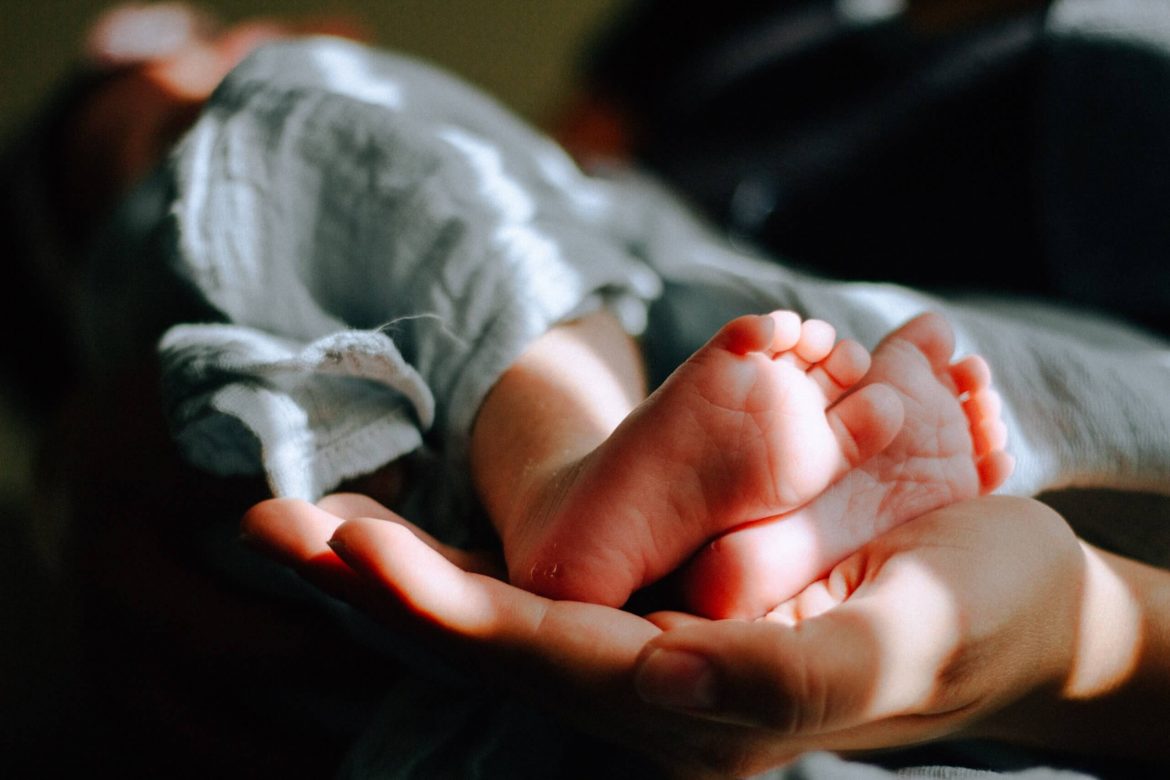Many kids go to childcare facilities that are far from their homes during some of their most formative years. They need a welcoming, healthy environment with stimulating conversation and interaction while they are there. This is dependent on the childcare facility’s acoustics.
Kenton Hummel of the University of Nebraska–Lincoln discussed how soundscape research in daycares might enhance the results and experiences for children and staff in his talk at the 183rd Meeting of the Acoustical Society of America.
“Few studies have rigorously examined the indoor sound quality of child care centres,” said Hummel. “The scarcity of research may deprive providers and engineers of providing the highest quality of care possible. This study aims to better understand the sound environment of child care centres to pave the way toward better child care.”
The investigation’s objective is to comprehend how humans and noise interact. High noise levels and extended durations of loud fluctuating noises can have a detrimental effect on kids and employees by making communication more difficult. On the other hand, meaningful conversation is made possible by reduced background noise, which is crucial for the growth of language, the brain, the cognitive system, and social and emotional abilities.
Hummel is a participant at Erica Ryherd’s UNL Soundscape Lab. To monitor three daycare facilities for 48 hours, their team worked with professionals in engineering, sensing, early child care, and health. The sound in the workplace was also evaluated by the personnel. They then utilised machine learning to define the auditory environment and identify the variables that affect the experience for the youngster and the caregiver.
“Recent work in offices, hospitals, and schools has utilized machine learning to understand their respective environments in a way that goes beyond typical acoustic analyses,” said Hummel. “This work utilizes similar machine learning techniques to build and expand on that work.”





